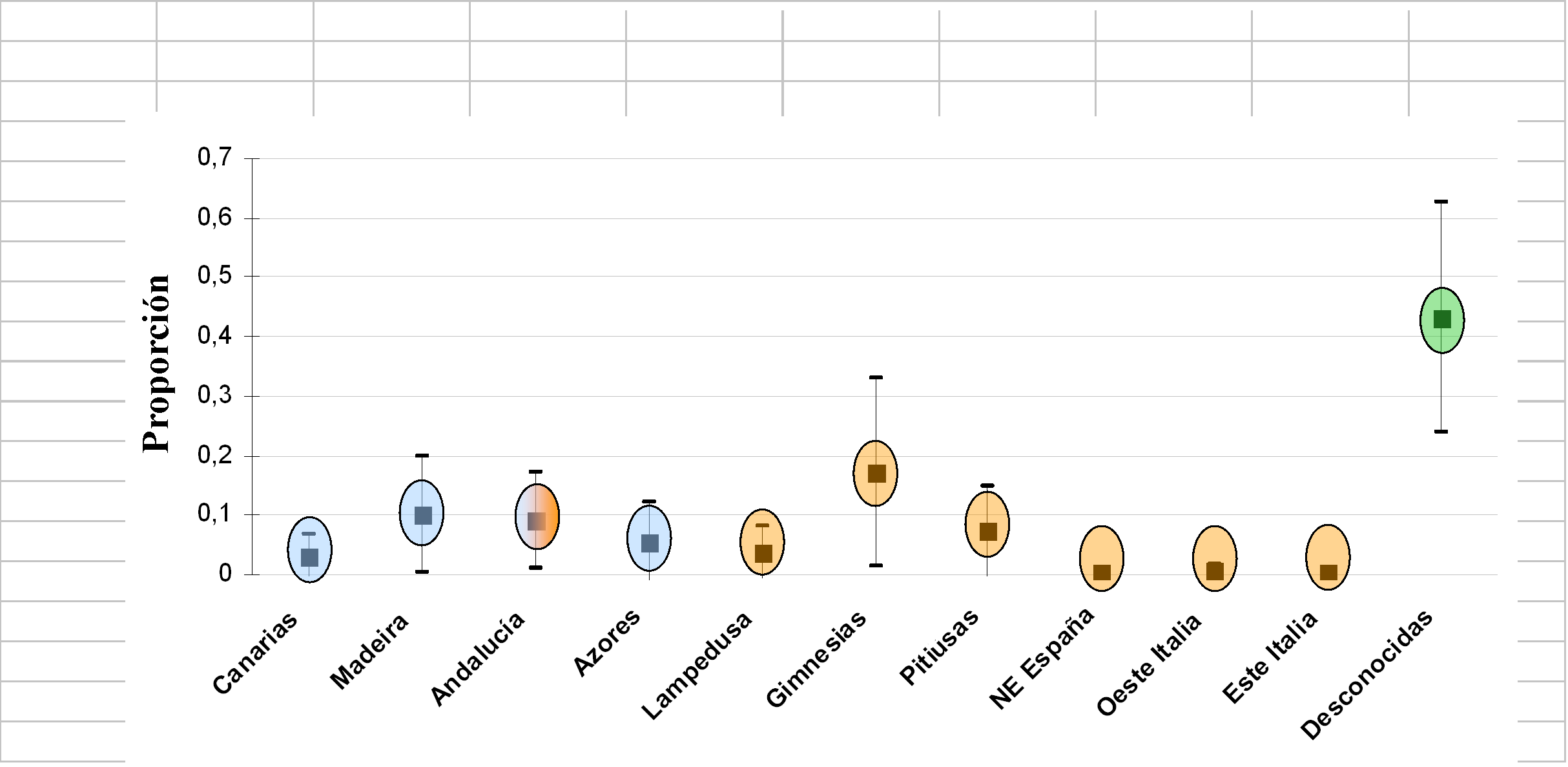The loggerhead sea turtle is the most common species in the Macaronesian region. The Cape Verde Islands harbour the second largest nesting population of loggerheads in the Atlantic Ocean. In addition, the juveniles of this species are to be found in the waters of the Azores, Madeira and the Canaries. Every year, thousands of females migrate from the African west coast to the Cape Verdean archipelago to hatch eggs on its beaches. Most of the nesting takes place on the island of Boavista (90%), but also on the islands of Sal, San Vicente, Santa Luzia, San Nicolao and Maio. A recent genetic study, using both mitochondrial and nuclear DNA markers (12 microsatellites), has revealed that there are no genetic differences among the female loggerhead sea turtles nesting on the different islands. Therefore, the Cape Verdean loggerhead sea turtles can be considered as a panmictic population, thus managed within the same unit. However, this species has high levels of genetical differentiation compared to other populations of the Atlantic and the Mediterranean, which demonstrates a high level of isolation and the need for its preservation. Furthermore, the molecular markers have revealed some of the migratory routes used by the juveniles of this population. The loggerhead sea turtle juveniles born in Cape Verde forage in the waters of the Canaries, Madeira, Azores, Andalusia and even some in the western Mediterranean. Nevertheless, it should be pointed out that a high percentage (43%) of the Cape Verdean juveniles forage in areas still unknown. These results highlight the existence of significant knowledge gaps about the species and the necessity of additional studies.
Distribution of Cape Verdean loggerhead sea turtle juveniles in each one of the feeding areas already studied; an “unknown” category has been included to encompass areas not yet sampled, or individuals that die and are eliminated of the metapopulation. The colours show the location of each feeding area: Atlantic (blue), Mediterranean (orange).

A mitochondrial DNA region control sequence analysis has revealed that Macaronesia constitutes a significant mixing area for loggerhead sea turtle juveniles. This way, individuals born in areas of the United States, Mexico and Cape Verde meet in the water of the Azores, Madeira and the Canaries. Although depending on the years the contribution of each population can vary, a latitudinal variation of the distribution of juveniles has also been observed. Northern juvenile populations such as the southern Florida population are more common in the northern Macaronesian feeding area such as the Azores; whereas more southern juvenile populations, from Mexico for instance, are more common in the southern Macaronesian feeding areas, such as Madeira and the Canary Islands.
 |
 |


